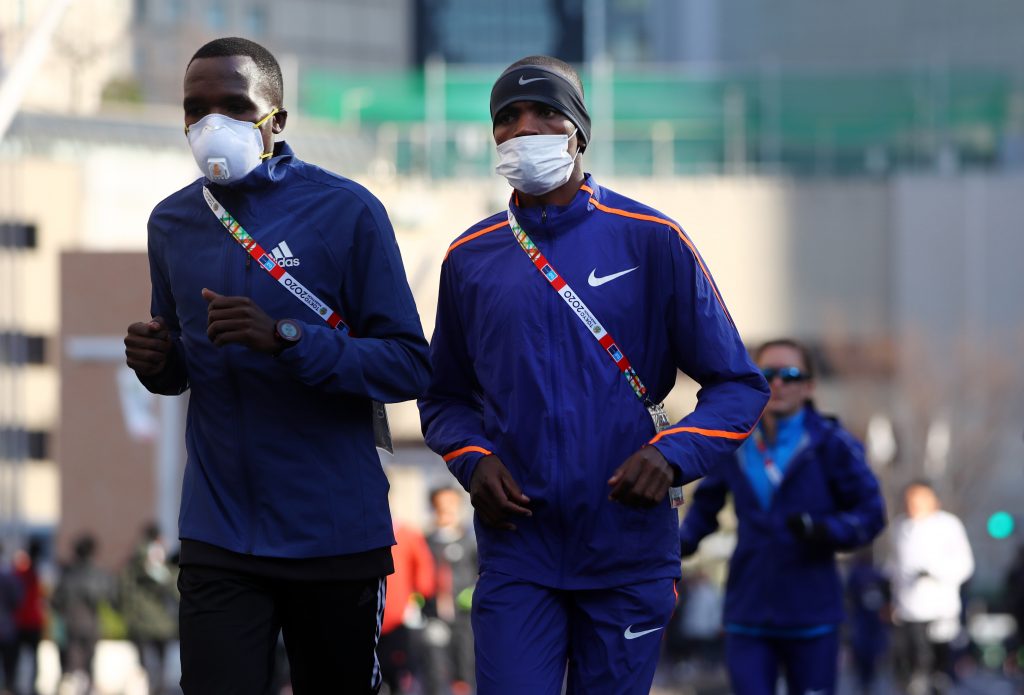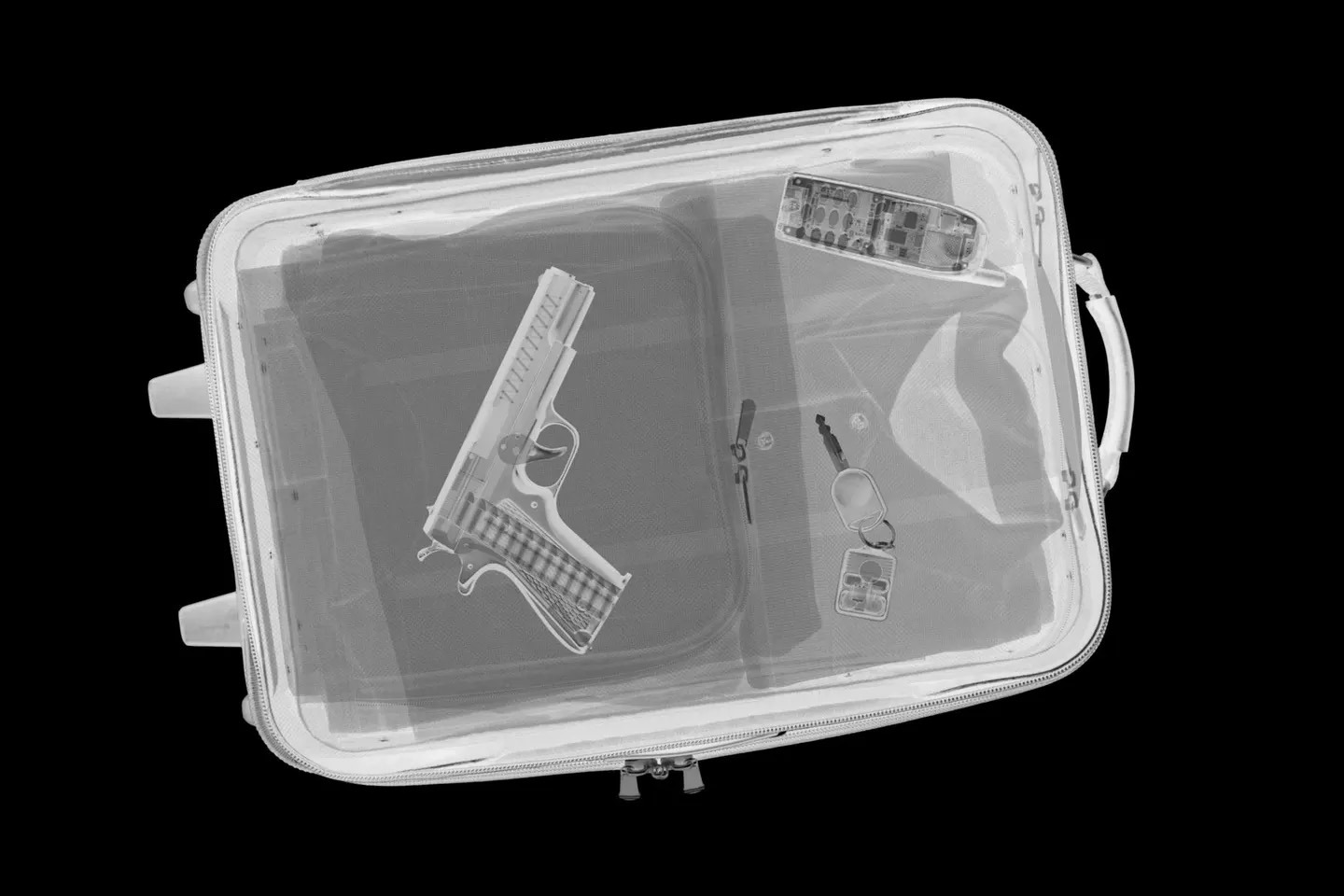COVID-19 Vaccine Candidate Frontrunners

If Dr. Edward Jenner were still alive, he’d likely relish the opportunity to pit his knowledge and experience against the modern scourge known as COVID-19.
Jenner was an early pioneer in the science of vaccination (vaccinology) and a key contributor in the development of a commercially viable vaccine for smallpox. That’s no minor feat given that the smallpox disease is considered one of deadliest in human history.
In modern medicine, vaccines are used to train the human immune system to recognize and fight pathogens, whether they be viruses or bacteria. To do so, certain molecules from the pathogen (known as antigens) are introduced to the body to trigger an immune response.
By introducing these antigens into the body (in very small doses and in a weakened state), the immune system is trained to recognize them as foreign invaders and henceforth produces antibodies to fight them off. Importantly, the immune system can store the method of making these antibodies for later reference, defending aggressively against future attacks.
Vaccines therefore carry the germs that cause diseases, but in a form that is weakened, such that the vast majority of vaccinated people do not ultimately contract full-blown cases of the illness.
Jenner is well-known in the history of vaccinology because in May of 1796 he scraped cowpox blisters off a patient’s infected hand and used that sample to inoculate a young boy against smallpox. In the aftermath, the boy suffered a small fever and some uneasiness, but nothing close to a full-blown case of smallpox.
The terms “vaccine” and “vaccination” are widely recognized today because Jenner referred to cowpox (smallpox of the cow) as “Variolae Vaccinae.”
It should be noted that Jenner’s work isn’t where the history of vaccines begins, but rather the culmination of many previous efforts.
Evidence suggests that people in China were using a sort of inoculation against smallpox up to 1,000 years ago. This same practice was also observed in Africa and Turkey, before the methodology made its way to continental Europe and Britain.
Several other English citizens, including Dr. John Fewster, and Benjamin Jesty, are also believed to have produced scientific investigations that assisted Jenner in his discovery—among others before them.
About 90 years after Jenner’s smallpox vaccination was developed, it was Dr. Louis Pasteur who successfully created a vaccine for rabies. Pasteur created this vaccine by growing the virus in rabbits and then using a weakened form of the disease as an inoculation in humans.
Vaccines are widely believed to be the most effective method of preventing the spread of disease, which is why scientists, companies and governments around the world are currently working furiously (with boatloads of capital) to discover, test and produce an effective vaccine for COVID-19.
The chart below illustrates how past vaccines have contributed to the eradication of widespread global diseases:
Despite the large pool of knowledge, experience and resources being directed at producing an effective coronavirus vaccine, estimates still vary widely on when (or if) one might ultimately be delivered.
One report recently suggested that the vaccine for COVID-19 could be developed at the fastest rate in history, while others have put forth that an effective vaccine may never (ever) make it to market.
To put the current COVID-19 vaccine effort in perspective, consider the fact that researchers don’t expect a vaccine for human immunodeficiency viruses (HIV) until the year 2030, or later. In total, that puts the HIV vaccine development timeline at roughly 50 years (HIV was first observed in 1981).
Two other coronavirus outbreaks observed in the 21st century, Severe Acute Respiratory Syndrome (SARS, 2002) and Middle East Respiratory Syndrome (MERS, 2012), still do not have approved vaccines. Nor does any known strain of the coronavirus—the first of which was identified by scientists in 1965.
Taking the median range of current estimates, one might be led to believe that a coronavirus vaccine could be developed, tested, and approved in 2021. This hypothetical vaccine would then need to be manufactured, distributed and administered—a process which would assuredly add several more months to the process.
In order to be approved for widespread use, a vaccine candidate needs to pass three crucial milestones: The vaccine should cause no significant adverse side effects in healthy trial participants, the vaccine should prevent COVID-19 in trials on other mammals (mice, monkeys, etc.), and the vaccine should induce the production of neutralizing antibodies in human trial participants’ blood.
In terms of the formalized process, the five stages of vaccine development are similar to that of a new pharmaceutical drug, and generally include:
- Pre-Clinical Trials: The vaccine candidate is identified and “in vitro” and “in vivo” tests are performed.
- Phase I Vaccine Studies: The vaccine candidate is tested in humans to evaluate its safety, determine a dosage range that is appropriate, and identify any vaccine-related side effects. This first introduction of the vaccine in humans typically involves a small group, between 10-100 subjects.
- Phase II Vaccine Trials: The goals of Phase II trials are to further study the candidate vaccine’s safety, immunogenicity, proposed dosage and method of delivery. A larger group of several hundred individuals participate in Phase II testing.
- Phase III Vaccine Trials: Based on the success of Phase II, the candidate vaccine may advance for further testing and research, this time involving thousands of participants. The key objective of Phase III is to assess vaccine safety and efficacy in a large group of people.
- Approval and Licensing: After a successful Phase III trial, the vaccine developer submits an application to the U.S. Food and Drug Administration (FDA) which then undertakes the review and approval/disapproval process. If approved, the FDA usually continues to monitor the production of the vaccine by inspecting facilities and reviewing the testing processes involved in vaccine development for commercial production (among many other things).
Filtering through the best-known global COVID-19 vaccine efforts, there appear to be six development efforts that have nosed ahead in the race to the finish line. However, that doesn’t mean any of them will ultimately be the vaccine that makes it to market—assuming one makes it at all.
In the United States, one of the most widely publicized COVID-19 vaccine projects is being conducted by the Massachusetts-based Moderna (MRNA), in conjunction with the National Institute of Allergy and Infectious Diseases.
Moderna made big headlines on May 18 when it released Phase I results related to its vaccine candidate. The vaccine was administered to a small group of 45 volunteers, and preliminary results suggested that the vaccine was safely tolerated and prompted an associated immune response.
While the stock market appeared to respond in buoyant fashion on May 18, rallying nearly 1,000 points in the Dow Jones Industrial Average, it’s been suggested that a limited amount of data was released by Moderna, and that there’s no guarantee the upcoming Phase II trials will produce the same result.
Investors and traders have certainly pinned some degree of hope on MRNA, with the stock trading at about $70/share, up more than 250% on the year. Interestingly, Moderna conducted a stock sale immediately after the Phase I results were released, with the intent of using fresh capital to assist with the manufacture and distribution of the potential vaccine.
Novavax (NVAX) is another American biotechnology firm that’s seen blistering stock performance in 2020 due to its historical achievements in vaccine development. The company previously worked on potential vaccines for coronaviruses such as SARS and MERS, for which preclinical testing demonstrated strong immunogenicity—although neither completed the vaccine approval process yet.
The NVAX COVID-19 candidate, known as NVX-CoV2373, has shown promise in pre-clinical trials involving baboons. NVAX stock has spiked from about $4/share at the start of 2020 all the way to $46 as of late May.
Dynavax (DVAX), another U.S.-based biotechnology firm, announced last week that their vaccine candidate could enter Phase I trials in July. That puts them somewhat behind MRNA in the development cycle, but still on the radar of potential “winners” in the race for an effective COVID-19 vaccine.
Inovio Pharmaceuticals (INO), like DVAX, has recorded promising results from pre-clinical trials on their vaccine candidate. Phase I data is expected to be released in June, with Phase II trials set to begin in July or August.
Outside the United States, one well-publicized vaccine development project is underway at the University of Oxford in England. The university has partnered with British-Swedish drugmaker AstraZeneca (AZN) on their candidate, which has moved past Phase I trials and is scheduled to begin Phase II trials June 1.
The second phase of Oxford vaccine trials on humans is expected to include over 10,000 volunteers of varying ages.
In China, where the new coronavirus strain is believed to have originated, scientists are also making solid progress on a potential vaccine.
As of now, the biggest strides have been reported by researchers at the Beijing Institute of Biotechnology. Early reports suggest that Phase I trials on the vaccine candidate created by that institution produced “rapid immune response and neutralizing antibodies” in a group of 108 healthy volunteers.
Further details on that Phase I trial will be released in six months time, but for now, the vaccine candidate will move into the next stage of clinical development.
Another promising COVID-19 vaccine project is being conducted by CanSino Biologics of Tianjin, China. Working in conjunction with China’s Academy of Military Medical Sciences (A.M.M.S), a Phase I test was initiated in March on healthy volunteers in Wuhan, the city where COVID-19 was first discovered.
Worldwide, it’s estimated there are nearly 100 independent global initiatives striving to produce a viable vaccine for COVID-19. It’s preferred to have a large number of different global vaccine initiatives because historical data suggests that only a small number of them (if any) will complete the testing and approval process.
Given the urgent need for a vaccine, it’s possible that an effective, safe vaccine candidate making it through all three trial phases could go through a non-traditional—and likely expedited—approval process.
However, considering that the approved vaccine would be administered to “healthy” individuals (millions if not billions of them), the safety component of the trials can’t be put aside in the name of speed. Patients enrolled in the vaccination trials need to be monitored for a long enough period such that researchers can conclude decisively that no adverse side effects are produced.
Those searching for a ray of hope might look back in history at the “Asian” Flu pandemic of 1957-1958.
Like COVID-19, the Asian Flu outbreak started in mainland China in the spring of 1957 and spread to neighboring Hong Kong and Singapore by early summer. The virus didn’t arrive in the United Kingdom and the United States until the fall of 1957.
It was reported that the Asian Flu of 1956-1958 could cause pneumonia “on its own,” without the presence of a secondary bacterial infection. The disease was also particularly deadly among the elderly, and those with pre-existing heart and lung diseases.
Regarding vaccines, the Asian Flu may provide a glimmer of hope.
An American microbiologist by the name of Dr. Maurice Hilleman was following the Asian Flu outbreak during its initial outbreak in Asia and managed to obtain a sample of the virus from a U.S. Navy soldier who had contracted the illness in Hong Kong.
Hilleman is credited with using that sample to lead an aggressive campaign to develop a vaccine for the Asian Flu—an effort that was ultimately successful. In less than five months, Hilleman’s efforts (and those of many others) yielded a viable vaccine for the Asian Flu which was manufactured, distributed and administered before it even landed on American soil in fall of 1957.
That effort is widely credited with saving tens of thousands, if not hundreds of thousands of lives. One critical difference between then and now is that scientists had previously developed viable influenza vaccines in the 1940s, meaning Hilleman wasn’t starting from scratch when he went to work in 1957.
One can only hope that previous efforts on coronavirus vaccines such as SARS and MERS (although never completed) might provide a leg up in the race for a COVID-19 inoculation.
Whether or not an effective and safe COVID-19 vaccine is ultimately discovered will play a crucial role in defining how the current pandemic is framed in history.
COVID-19, having taken more than 350,000 lives, now ranks 15th on the list of the deadliest global pandemics in history—six spots behind the 1957-58 Asian Flu, which claimed at least 1.1 million lives.
With so many lives lost, and so many still on the line, a COVID-19 vaccine simply can’t arrive soon enough. But as of now, early 2021 seems to be the most hopeful delivery timeline.
For live market updates, including international vaccine efforts, readers are encouraged to tune into TASTYTRADE LIVE weekdays from 7:00 a.m. to 3:00 p.m. Central Time.
Sage Anderson is a pseudonym. The contributor has an extensive background in trading equity derivatives and managing volatility-based portfolios as a former prop trading firm employee. The contributor is not an employee of luckbox, tastytrade or any affiliated companies. Readers can direct questions about any of the topics covered in this blog post, or any other trading-related subject, to support@luckboxmagazine.com.



















